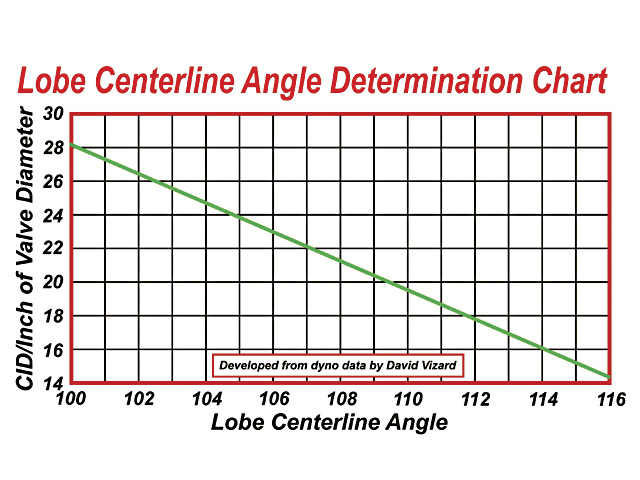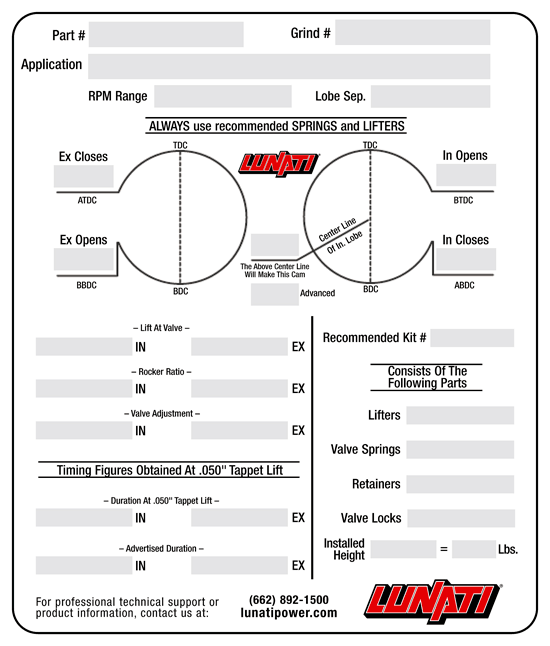first I want to point out the reason the I wanted you to post the results of the additional cam selection,
( it was basically to squelch the almost universal, idea that just slapping in a longer duration cam will universally boost the average and usually peak horsepower)
OK, looking at the two cams you've obviously made some improvement with the slightly tighter LSA version, so that's the obvious choice , if your maximizing the combos potential, among the listed choices
IF you can get it ground at a reasonable cost
for the potential power gains made,
but the gains are reasonably small so it may be cost prohibitive to go that route,compared to making the standard CROWER 00471 (one of my favorite sbc cams) your choice here.
Ive built several engines with that CROWER 00471 and its always produced impressive results in street/strip 383-406 combos with at least 10.0:1 cpr
( it was basically to squelch the almost universal, idea that just slapping in a longer duration cam will universally boost the average and usually peak horsepower)
OK, looking at the two cams you've obviously made some improvement with the slightly tighter LSA version, so that's the obvious choice , if your maximizing the combos potential, among the listed choices
IF you can get it ground at a reasonable cost
for the potential power gains made,
but the gains are reasonably small so it may be cost prohibitive to go that route,compared to making the standard CROWER 00471 (one of my favorite sbc cams) your choice here.
Ive built several engines with that CROWER 00471 and its always produced impressive results in street/strip 383-406 combos with at least 10.0:1 cpr





